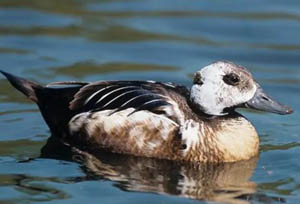
Polysticta stelleri
Eider duck,Polysticta stelleri,Przevalski's Partridge
Little eider ducks like to live in groups. Except for the period of nesting ···
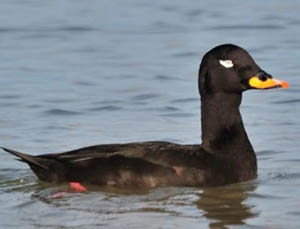
Melanitta fusca
Strange-billed duck, Scoter,Melanitta fusca,White-winged Scoter,Velvet Scoter
The Spotted-faced Muscovy is a medium-sized, dark, short, flat sea duck. It ···
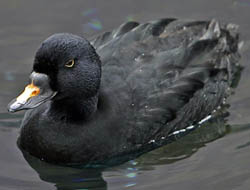
Melanitta nigra
American black duck,Melanitta nigra,Black Scoter,Common Scoter
The Black Sea Muscovy Duck likes to gather in groups, and almost always move···
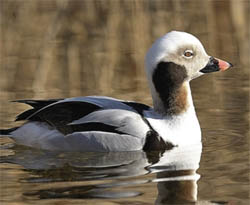
Clangula hyemalis
Sharp-tailed duck, long-tailed duck, long-tailed duck, gun-towed duck, Chinese duck,Clangula hyemalis,American Wigeon
Long-tailed ducks begin to migrate to their breeding grounds in early March.···
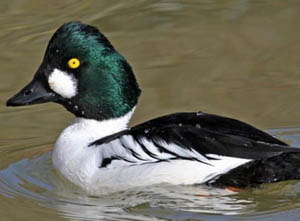
Bucephala clangula
Golden-eyed duck, Magpie duck, White-faced duck,Bucephala clangula,Common Goldeneye
The magpie duck is a common wild duck in the eastern coastal areas and inlan···
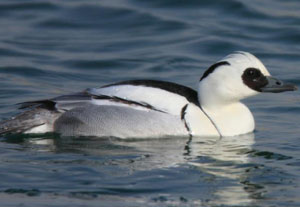
Mergellus albellus
Mergellus albellus,Panda duck, flower-headed saw-billed duck, fish duck, dog-headed merganser, lesser merganser, spotted merganser
The white merganser, also known as the spotted-headed merganser or panda duc···
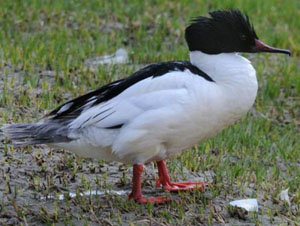
Mergus merganser
Oriental Fish Duck,Mergus merganser,Common Merganser
The Common Merganser is the largest and most widely distributed piscivorous ···
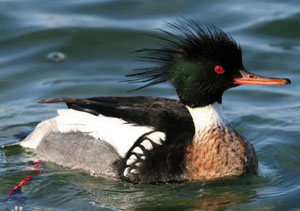
Mergus serrator
Black-headed Duck, Brown-headed Duck,Mergus serrator,Red-breasted Merganser
Red-breasted mergansers are medium-sized fish-eating ducks with long, thin, ···
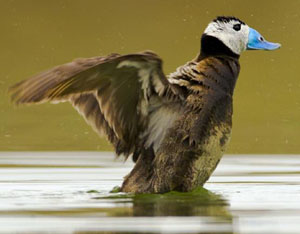
Oxyura leucocephala
Oxyura leucocephala,White-headed Duck
The white-headed hardtail duck is a very typical gregarious water duck. It b···
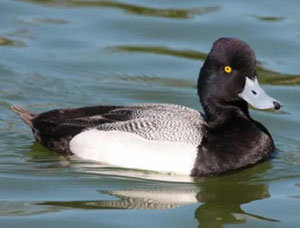
Aythya affinis
Aythya affinis,Lesser Scaup
The Lesser Pochard is a migratory bird that forms a flock of 25-50 birds whe···
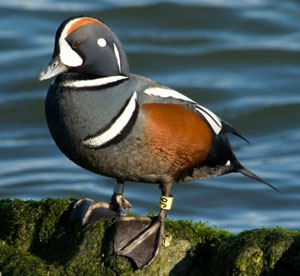
Histrionicus histrionicus
Morning Duck,Histrionicus histrionicus,Harlequin Duck,Harlequin
The ugly duck lives and inhabits streams, deep recesses between rocks and bu···
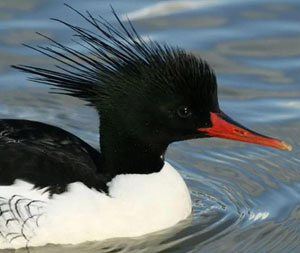
Mergus squamatus
Scaly-sided Merganser,Mergus squamatus,Chinese Merganser,Scaly-sided Merganser
The Chinese merganser is a winter guest in Suzhou, China. In late autumn, it···
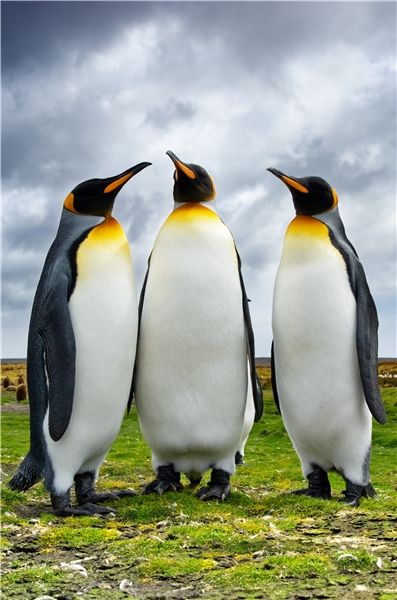
Emperor Penguin
Aptenodytes forsteri
Emperor penguins mainly live in the sea. They hunt, swim and play in the wat···
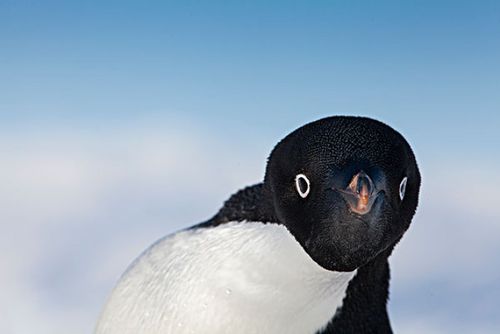
Adélie penguin
Pygoscelis adeliae
The legs of the Adélie penguin are light pink and the soles of the feet are···
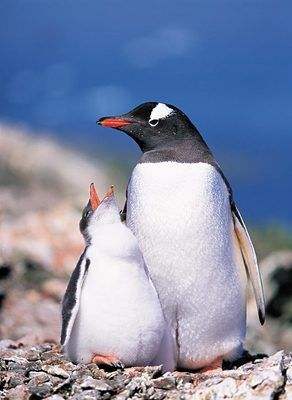
Pygoscelis papua
White-browed penguin, Gentleman penguin, Gentleman penguin
The Gentoo penguin walks on land with a shaky gait, and its long tail swings···
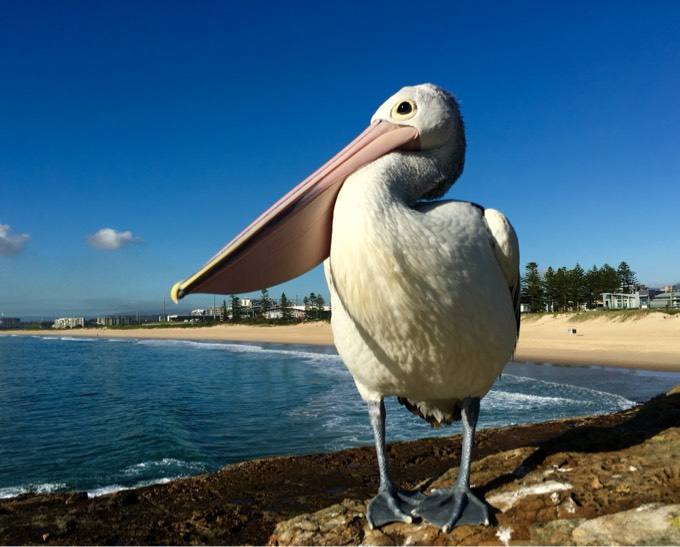
Pelecanidae
pelican, owl, taohe, gannet, bag goose, bag bird
Pelicans often live in groups in the wild. In addition to swimming, they spe···
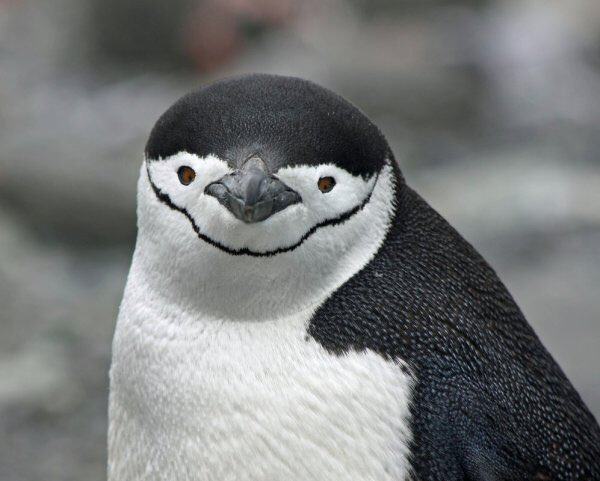
Pygoscelis antarcticus
chinstrap penguin, Police officer penguin, Antarctic penguin, chinstrap penguin, whiskered penguin, chinstrap penguin
As penguins that look like police officers, they are also very courageous an···
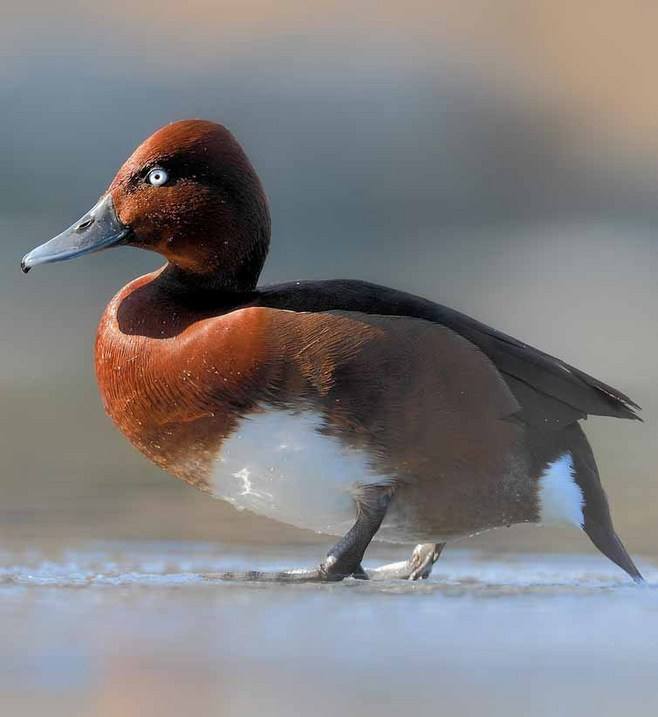
Aythya nyroca
Ferruginous Duck,White-eyed Pochard,Ferruginous Pochard
As a male white-eyed pochard, it is born with a pair of bean-sized white eye···
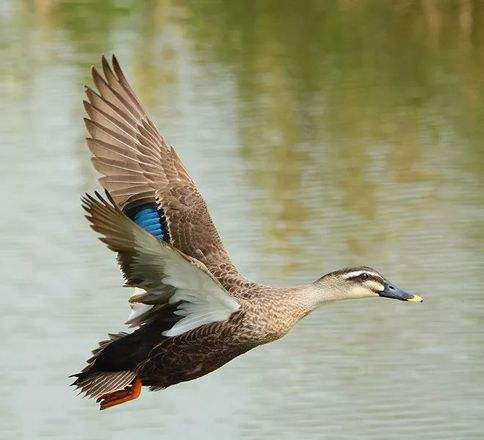
Anas zonorhyncha
Spot-billed duck, Valley duck, Yellow-billed duck, Fire duck, Chinese spot-billed duck, Chinese spot-billed duck, Oriental spot-billed duck,Anas zonorhyncha,Eastern Spot-billed Duck,Chinese Spot-bille
Spot-billed duck is also called valley duck, yellow-billed duck, and fire du···
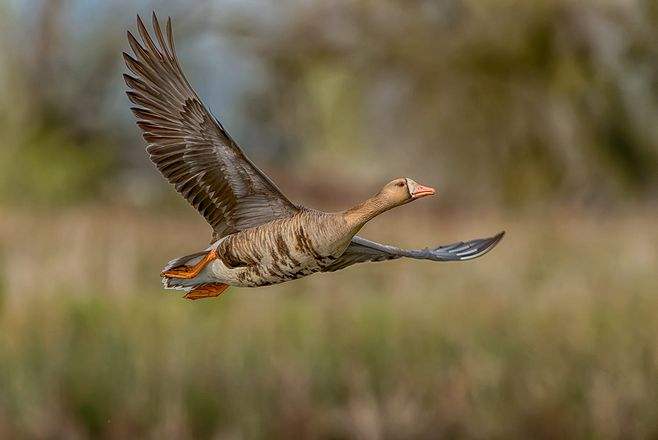
Anser albifrons
Wild goose, spotted goose, bright spotted goose,Greater White-fronted,Goose White-fronted Goose
You can often see flocks of wild geese flying freely in the sky, sometimes i···
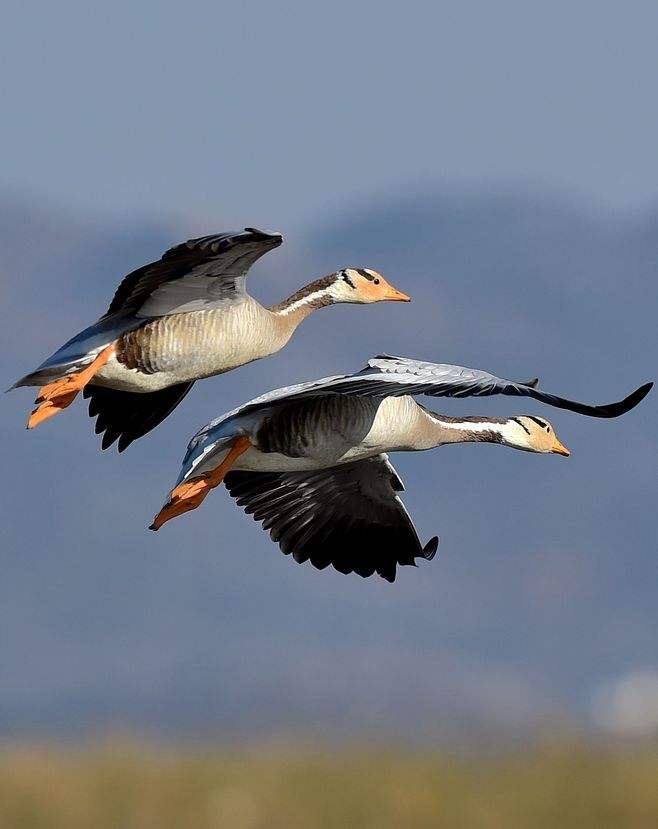
Anser indicus
White-headed goose, Black-headed goose,Bar-headed Goose
Bar-headed geese - they are the highest flying birds in the world. At an alt···
